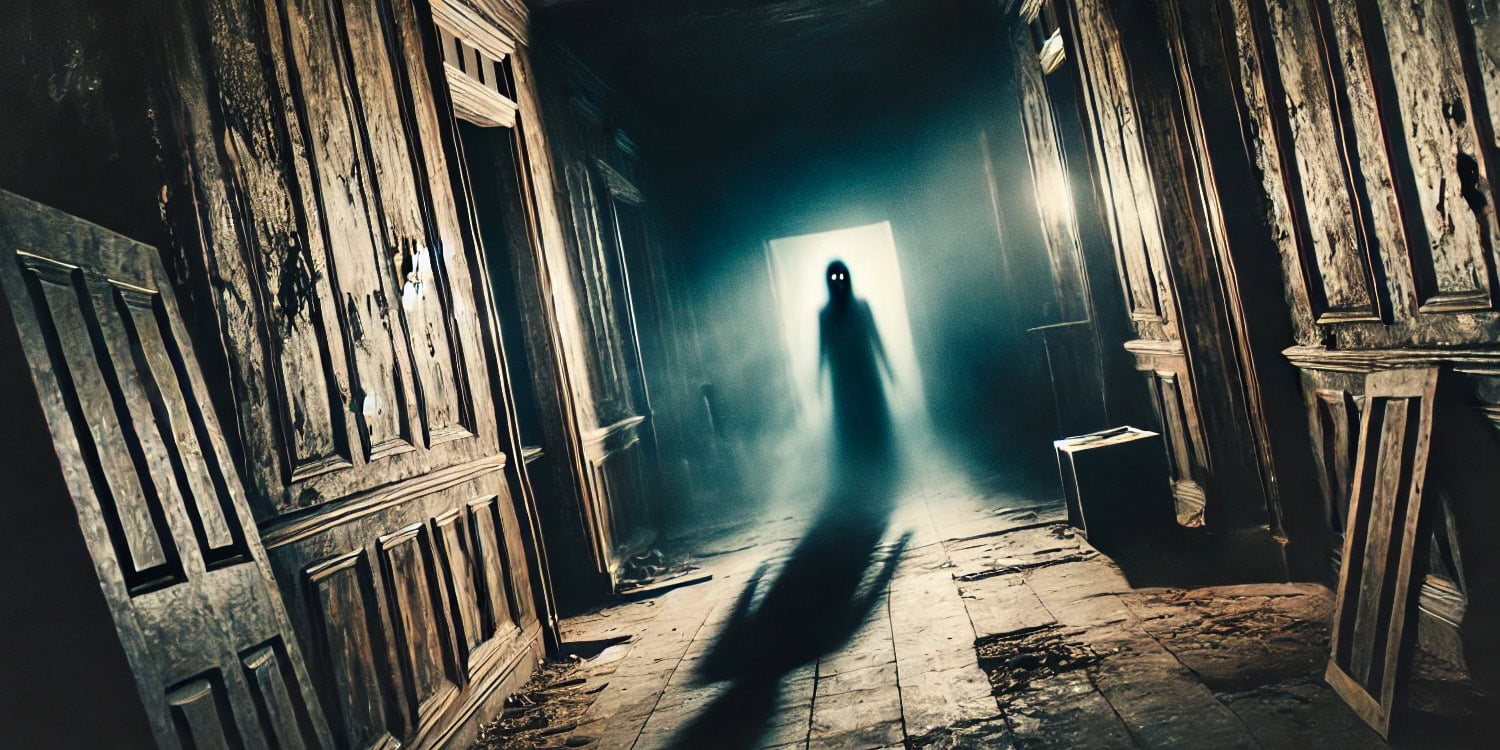For many, horror movies are more than just scary—they’re an exciting escape that combines fear and thrill. But what drives people to watch films filled with fright? A recent study found that a person’s enjoyment of horror is linked to their curiosity about dark topics, the realism of the scenes, and the intensity of fear they feel. The findings were published in the journal Scientific Reports.
Horror movies, along with other fear-related activities like haunted houses and thrill rides, have become increasingly popular. Although fear typically triggers unpleasant reactions, many horror fans describe experiencing a blend of excitement and enjoyment from these movies. Previous research suggests that excitement can come from the arousal fear causes, and if this arousal is seen as something desirable, it can transform into enjoyment. However, the precise factors that allow some people to view fear and excitement as enjoyable experiences remain unclear.
“Our research group is mostly interested in how we perceive threatening or disgusting content,” said study author Botond Kiss, a PhD student and assistant research fellow at the Institute of Psychology at the University of Pécs and member of the Visual Cognition and Emotion Lab. “Our main focus is on specific phobias, where threatening or disgusting content triggers anxiety and avoidance. In the case of horror films, such content is also seen, and some people seek it out for this very reason. This gives us a slightly different perspective on the evaluation of such content.”
To conduct the study, the researchers recruited 558 participants who were asked to fill out online questionnaires. These surveys gathered information about participants’ movie-watching habits, general emotional regulation, curiosity about morbid topics, belief in the supernatural, sensitivity to disgust, and personality traits related to sensation-seeking.
After completing the surveys, participants watched ten short scenes from different horror movie subgenres, like supernatural, psychological, and monster films. Following each scene, they rated their experiences on how exciting, enjoyable, fearful, disgusting, and realistic they found it.
The researchers found that feelings of fear, a sense of reality in the scenes, and curiosity about morbid topics were all strong predictors of both excitement and enjoyment. This suggests that individuals who are highly curious about disturbing topics or who can easily see horror scenes as real may find horror movies more thrilling and entertaining. Fear was particularly associated with both excitement and enjoyment, suggesting that the thrill of fear itself is a powerful factor in the appeal of horror.
On the other hand, scenes that evoked high levels of disgust tended to lower enjoyment, even though they did not diminish the level of excitement. It appears that disgust, rather than adding to the thrill, introduces an aversive element that lessens enjoyment for some viewers.
“Previous approaches did not distinguish between enjoyment and excitement,” Kiss told PsyPost. “In contrast, our current research suggests that, although they are quite similar constructs, they are influenced by different factors. The former is more influenced by perceived disgust, while the latter is more influenced by perceived fear.”
Several traits that researchers initially thought might impact enjoyment and excitement turned out to have little to no effect. For instance, a person’s tendency for sensation-seeking—a trait linked to seeking out new, intense experiences—was not directly associated with either enjoyment or excitement in this study.
Similarly, personal beliefs in the supernatural, general sensitivity to disgust, and specific ways people regulate their emotions didn’t seem to influence their reactions to horror scenes. This was unexpected because these factors are often thought to shape how people respond to fear-related stimuli.
Kiss was surprised by “the fact that sensory experience seeking had no direct impact on either enjoyment or excitement. As some horror consumers can be described as thrill-seekers, they experience the fear-induced adrenaline as rewarding. This seems to have an indirect effect through other factors.”
The study had a few limitations worth noting. First, most participants were horror movie fans, so the sample may not fully represent how a broader population might respond to horror content. Another limitation was the lack of mediation analysis, which could have provided deeper insight into how certain traits indirectly affect enjoyment and excitement.
“In this research, we looked at direct effects. So, if one factor had an effect through another factor, we could not detect it. This would require more complex analyses,” Kiss explained. “Moreover, the content of the different genres of horror films is quite different. Just think about how different the content of a psychological horror movie and a zombie horror movie is. So, in the future, it might be worth taking this into account.”
By examining the roles of fear, realism, and morbid curiosity, this study offers a deeper understanding of how horror films uniquely blend negative emotions like fear and disgust with excitement and enjoyment, providing a controlled environment to navigate intense feelings.
“Our direct long-term plan is to identify certain motivations for why people consume such content,” Kiss said. “Indirectly, we have the opportunity to identify the factors that influence the perception of disgust and fear. This could be important in understanding specific phobias where both fear and disgust are of particular importance (e.g. animal phobias or blood-injury-injection phobia).”
The researchers are conducting another research project related to horror movies. You can participate here: https://korkibtk.qualtrics.com/jfe/form/SV_cFGZjKLSw1xtbhA
The study, “The role of excitement and enjoyment through subjective evaluation of horror film scenes,” was authored by Botond László Kiss, Anita Deak, Martina Dominika Veszprémi, Albert Blénessy, and Andras Norbert Zsido.









